MPP History
- Dave Macey

- Dec 30, 2015
- 3 min read
After deciding what I was going to photograph I then went back with my digital SLR to photograph it. This would achieve two aims, one being that it will help to settle in my mind if the project was feasible and I will also get an idea of how it could be photographed.
The real strength of the DSLR is that it allows for practically unlimited photographs (I can store over a 1000 images on one card) and on this occasion I took 168. By having this flexibility it allows me to explore different ideas and concepts that would become expensive and time consuming if taken on film.
One area that I wanted to explore was how the fence surrounds the wood and keeps it enclosed, it almost appears as if it was holding nature back. This really led to the impression that there is a sharp divide between the forest and the fields, and increased the sense of difference and I wanted to see if this could be explored.
Another idea that I wanted to explore was the notion of using some of the techniques we learnt in the second year about film making and camera angles. I had thought of using three shots to emphasise something and to also help build up a narrative, similar to a film. So I would start with the establishing shot, usually a wide angle, then move to the scene shot and then a close up. This could also be used with the 30 degree rule which means that each shot has to be more than 30 degrees from the previous shot.
I also wanted to see how the contrast between the fields and the forest would work and if there was any way of emphasising that difference.
Upon reviewing the images I decided that the three shot procedure didn’t really work and became more confusing rather than adding clarity. It seemed that I was just repeating the same shot but just from a different angle, which now seems obvious but didn’t at the time. It works with the moving image because there are objects moving within the frame where as the static image just emphasises the different angle or closeness to the subject without adding a narrative.
I also photographed the fence to see if there was a way of exploring how it feels that nature is being held back. Unfortunately I just ended up with bland photographs of a wire fence and didn’t emphasise much and so did not have the effect I was after. They appear to repetitive and not enough distinction between them. They might work as a topology in a grid where small differences can be highlighted but I feel that approach has already been attempted a lot.
However the difference between the fields and the forest does stand out quite well. The field in itself seems a bit dull and looks well managed and cultivated, whereas the forest looks wild and unpredictable. The field has straight lines, neatly arranged crops planted in rows and even the path leading to the forest appears straight. This is contrasted with the forest that has one path that twists and turns, is sometimes overgrown and covered with the canopy of the forest.
So the contrast between the two places is strong and can be highlighted. One is cultivated the other is wild and it’s this difference that is important and the contrast highlights the qualities of the other. I think the way to shoot it is to try to beautify the field and then contrast this with the wildness of the forest.










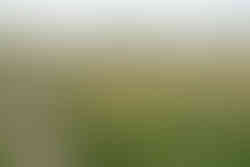











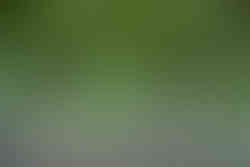

















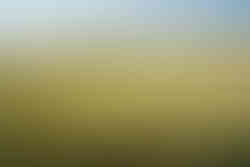












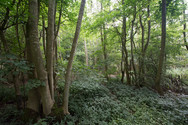








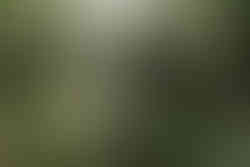











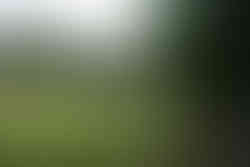











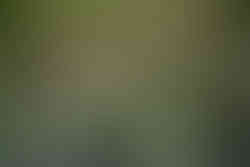




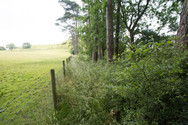























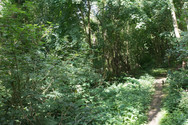
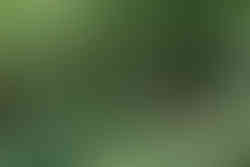







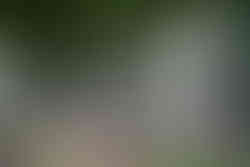



















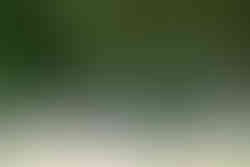












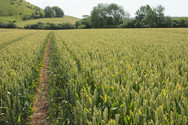






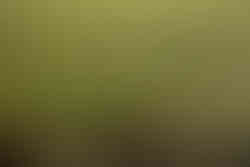






















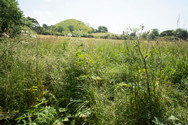
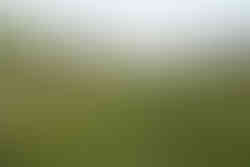















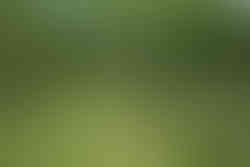










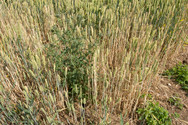






















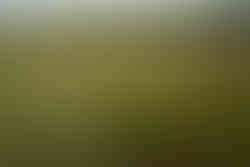













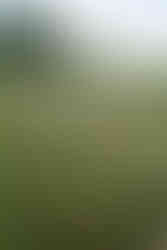

































































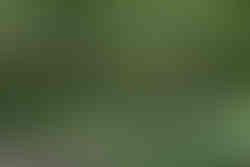









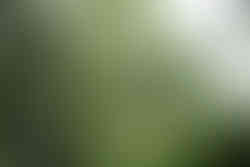






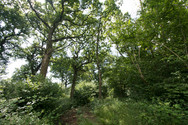



Comments